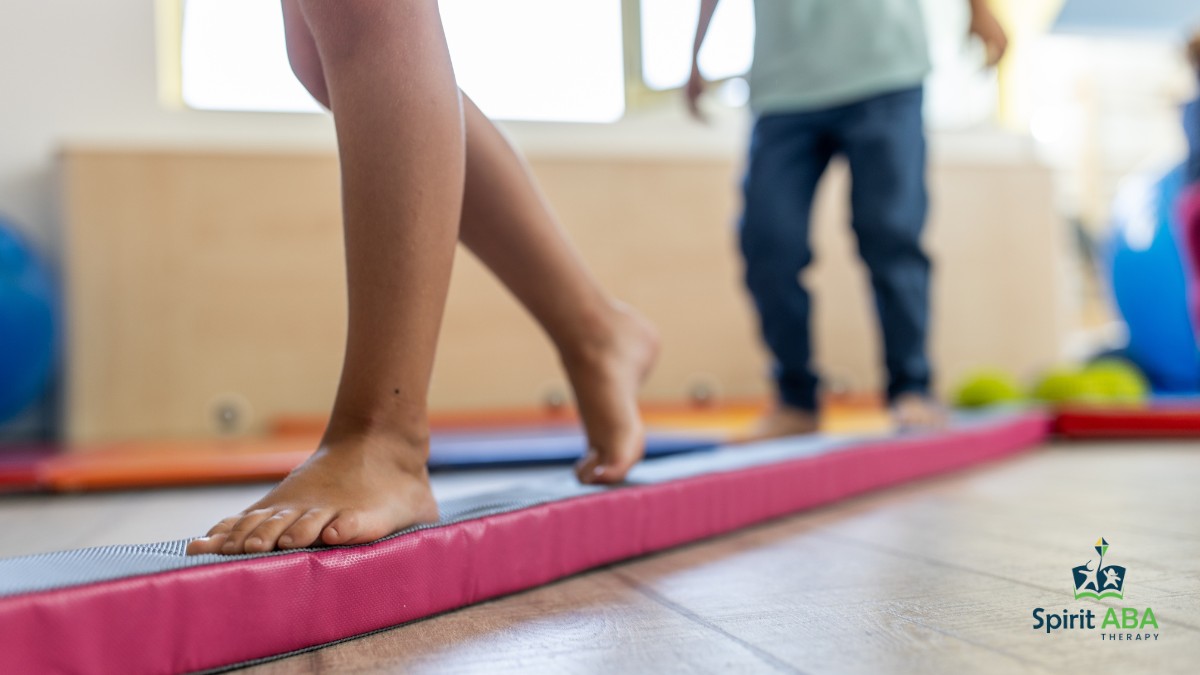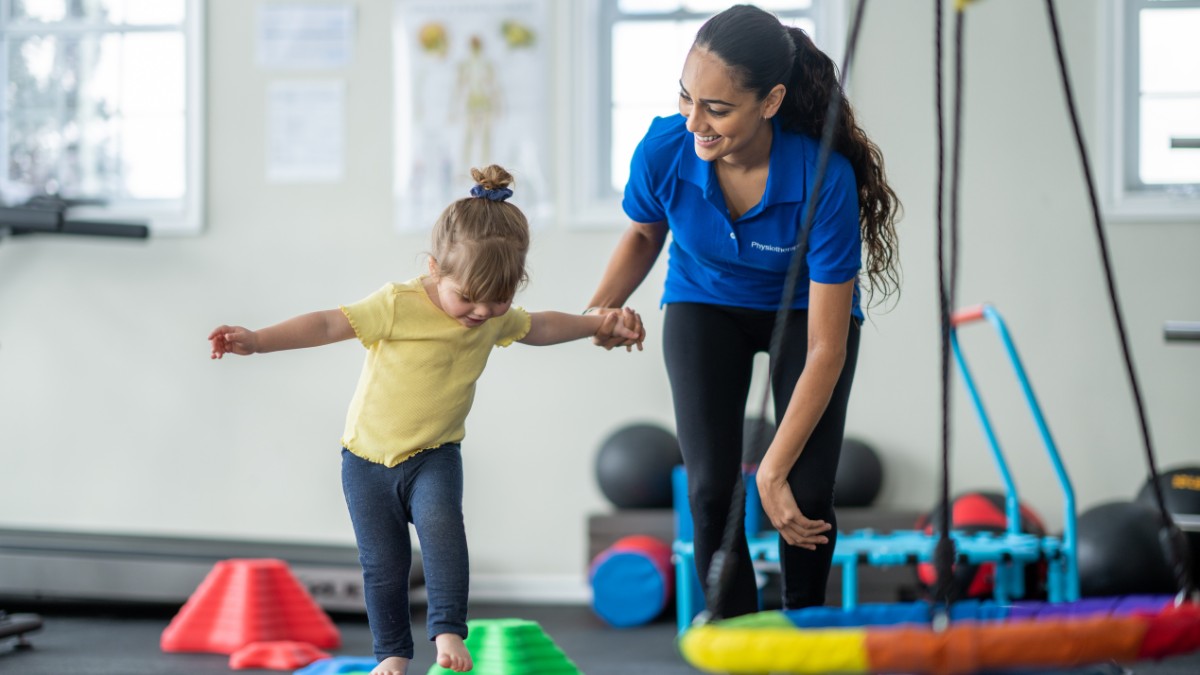Key Points:
- The vestibular and proprioception autism connection explains why many autistic children struggle with balance, coordination, and spatial awareness.
- Sensory integration strategies, like swinging or weighted blankets, can help regulate these systems and improve daily functioning.
- Occupational therapy and ABA therapy often incorporate vestibular and proprioceptive activities to support development.
Watching your child struggle with clumsiness or movement anxiety can be heartbreaking. Many parents don’t realize these challenges often stem from vestibular and proprioception differences in autism. The good news? Simple, loving interventions can make a world of difference. Here’s how to help your child navigate their world with confidence.

What Are Vestibular and Proprioception Systems?
If you’ve ever noticed your child spinning endlessly, crashing into furniture, or struggling with simple movements, their vestibular and proprioception autism differences may be at play. These two sensory systems help us understand our body’s position, movement, and balance—and when they’re not working smoothly, everyday tasks can feel overwhelming.
The vestibular system, located in the inner ear, controls balance and spatial orientation. The proprioceptive system relies on receptors in muscles and joints to tell the brain where the body is in space. For autistic individuals, these systems may be over- or under-responsive, leading to challenges like clumsiness, toe-walking, or seeking intense movement.
How Does Autism Affect Vestibular and Proprioception?
Many autistic children experience sensory processing differences, meaning their brains interpret movement and body awareness signals differently. Some may crave constant motion (like spinning or jumping), while others avoid swings or escalators due to dizziness. Similarly, proprioceptive challenges can make tasks like holding a pencil or climbing stairs difficult.
Why Are Vestibular and Proprioceptive Activities Helpful?
Sensory-rich activities can “retrain” the brain to process movement and body signals more effectively. For kids with vestibular and proprioception autism needs, these exercises improve focus, coordination, and emotional regulation. The key is providing the right input—calming for over-responsive systems, stimulating for under-responsive ones.
Ready to try some strategies? Here are proven techniques used by therapists:

The best part? These activities require minimal equipment and can be easily incorporated into home routines or school breaks. A 5-minute sensory break with these techniques can make transitions smoother and learning more productive. The key is consistency—regular practice helps the brain adapt and strengthens these essential sensory systems over time.
How Can You Support Your Child’s Sensory Needs?
Parents play a crucial role in helping kids navigate vestibular and proprioception autism challenges. Start by observing what calms or energizes your child—do they love jumping on a trampoline, or do they prefer wrapping up in a blanket? Use those clues to build a sensory-friendly routine.
Consistency matters. Try these tips:
- Schedule sensory breaks before demanding tasks (e.g., 5 minutes of jumping before homework).
- Offer choices: Let your child pick between two activities (e.g., “Do you want the swing or a bear hug?”).
- Pair with language: Narrate actions (“We’re climbing stairs—feel your legs pushing up!”) to build body awareness.
Small adjustments can lead to big improvements in self-regulation.
When Should You Seek Professional Help?
While home strategies help, some children need targeted therapy for vestibular and proprioception autism differences. Consider professional support if your child:
- Avoids movement to the point of missing developmental milestones.
- Has frequent meltdowns linked to sensory overload.
- Struggles with safety awareness (e.g., running into the streets).
Occupational therapists (OTs) and ABA therapists are trained to address these needs. OTs design sensory diets, while ABA therapy in Colorado, Iowa and Nebraska can incorporate proprioceptive tasks into behavior goals.
Vestibular and Proprioception in ABA Therapy
ABA therapy programs often include vestibular and proprioception autism strategies to improve behavior and learning. For example, a therapist might use obstacle courses to build motor skills or weighted vests to increase focus during sessions. The goal? To help kids engage better with their world.
ABA’s structured approach is ideal for:
- Teaching safety awareness (e.g., navigating stairs).
- Reducing sensory-seeking behaviors (like spinning) by replacing them with functional alternatives.
- Boosting participation in daily routines through sensory supports.
Get Expert Support with ABA Therapy in Colorado, Iowa and Nebraska
If your child’s vestibular and proprioception autism differences impact their daily life, ABA therapy can help. At Spirit ABA, our Colorado, Iowa and Nebraska-based therapists create personalized plans that blend sensory integration with skill-building—so your child can thrive at home, school, and beyond.
Ready to take the next step? Contact us today to learn how our ABA therapy in Iowa, Colorado, and Nebraska supports sensory and developmental needs!


